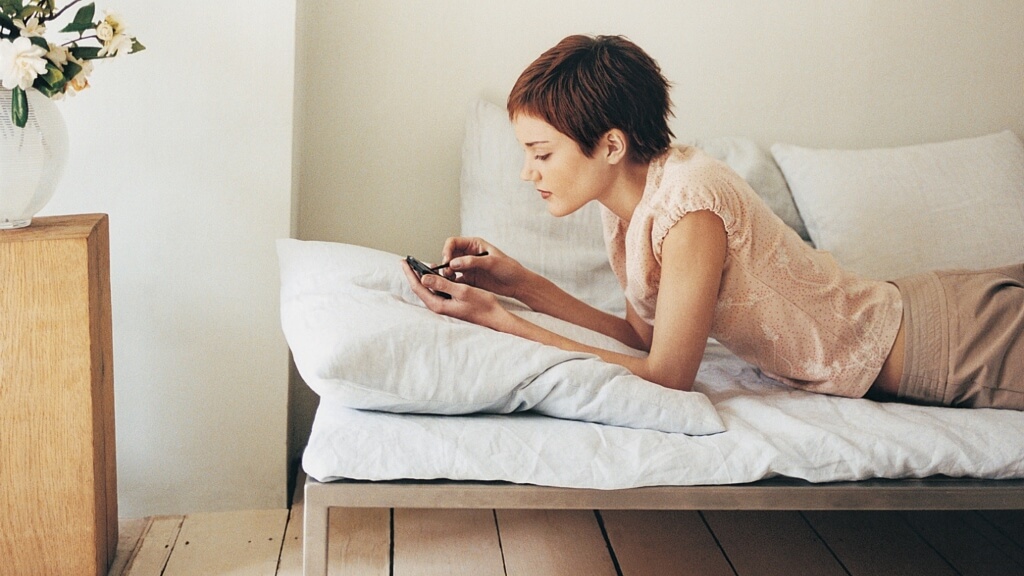
You’ve probably heard the same sleep advice a million times: turn off your phone, TV, and computer 1 hour before going to bed. It’s clear that sleep and technology don’t have the best reputation, but there are ways you can utilize tech to snooze faster and feel more energized.
How Technology Harms Sleep
Our reliance on smartphones and computers don’t just affect our exercise schedules; they also cause us to sleep less. Blue light from screens mimic natural light, tricking the body into suppressing melatonin production. Melatonin is one of the many hormones that help us sleep.
However, just about every modern phone, computer monitor, and television come with blue light filters, which you can turn on and off. Even with these filters, technology can still disrupt your sleep schedule anytime you get a notification, phone call, or the murmur of voices speaking.
It’s recommended to keep your phone on silent, use blackout curtains, and avoid working on the computer at night. Eating well, exercising, and reading before bed can also help with sleep.
How Technology Helps Sleep
Not all technology is bad for sleep. In fact, there are several apps, like RISE, that can connect to your fitness band and keep track of your sleep schedule, so you can improve it gradually.
Technology Helps you Understand Sleep Debt
The science behind catching up on your sleep is pretty detailed, but there’s an ongoing myth that you can’t catch up on chronic sleep debt once it’s accumulated. Not only that, but many believe you can pay off sleep debt on the weekends, which is a damaging, unhealthy thought.
Restricting sleep by an hour a night can have severe consequences on your health, even if you make it up. Immediate consequences range from a weakened immune system, increased anxiety, and mood swings. You’ll also have a harder time staying focused throughout the day.
However, chronic sleep debt could put you at higher risk of diabetes, heart disease, depression, obesity, and strokes. You should treat sleep like you would medicine.
The best way to prevent sleep debt is to keep a consistent sleep schedule and have a wind-down routine. Depending on how high your sleep debt is (which you can view from the RISE app), you can start reducing it by going to bed a few minutes or hours early each night.
Monitoring and Tracking Current Sleep Patterns
Fitness bands track when you’re in REM, light, or deep sleep based on your heartbeat. We need to go through 3-5 REM cycles (or 90 minutes total) to consistently make new memories. However, you need 55-97 minutes of deep sleep to recover from the previous day.
To capitalize on the benefits of REM and deep sleep, you need to know when your body falls into these rhythms. With technology, you can better predict when restorative sleep will occur.
Know Your Sleep Window (Aka, Internal Clock)
The total amount a person needs to sleep depends on our age and genetics. On average, adults have to sleep 7-9 hours a night, but if you’re struggling to get that much, you may need to go to bed at a different hour. You can test this theory by using sleep apps that track sleep times.
Most apps that monitor your current sleep patterns will judge how long it takes you to sleep and when you’re more likely to fall into a light slumber. If you’re consistently falling asleep at 11 pm, despite going to bed at 9 pm, try to work your day around sleeping at 11 pm instead.
While you can adjust your sleep patterns, it’s better to gradually change your sleep and wake-up times. That way, you can get enough sleep without racking up more sleep debt.
Thanks for signing up to Minutehack alerts.
Brilliant editorials heading your way soon.
Okay, Thanks!